Lalique: from French glassware maker to global luxury lifestyle brand
A century ago, René Lalique opened his now-iconic Alsace glassware factory
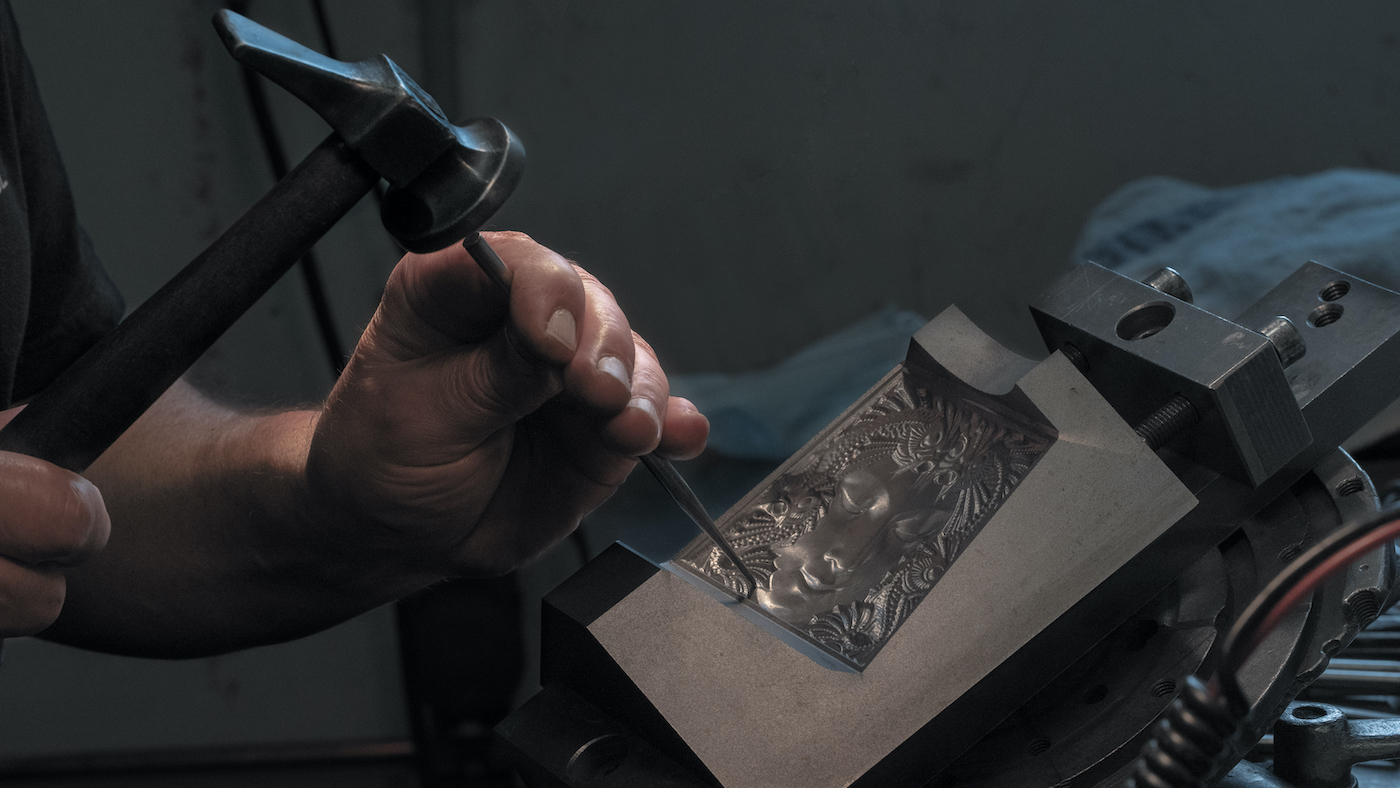
Lalique, the luxury glassware atelier and lifestyle brand, is celebrating the centenary of its factory in Alsace, northeastern France.
As far as heritage brands go, Lalique has elegantly glided through the decades without pomp or bravado. On the way, the brand has set new standards of excellence by creating extraordinary objects for the home as well as decorative glass ornaments used in a multitude of domains, from grand exhibition halls and theatres to public fountains, churches and cruise ships.
A short history
René Lalique first made his name as a jeweller in the late 19th century, embarking on this career at the tender age of 16 by enrolling at the École des Arts Décoratifs in Paris. He honed his skills at art school in England and returned to the French capital to open his first workshop on Place Gaillon in 1885.
The Week
Escape your echo chamber. Get the facts behind the news, plus analysis from multiple perspectives.

Sign up for The Week's Free Newsletters
From our morning news briefing to a weekly Good News Newsletter, get the best of The Week delivered directly to your inbox.
From our morning news briefing to a weekly Good News Newsletter, get the best of The Week delivered directly to your inbox.
It was in Paris, aged just 25, that Lalique pioneered a new kind of jewellery inspired by the Art Nouveau movement, patenting a high relief enamel similar to pâte de verre (glass paste) and championing forgotten semi-precious stones such as corundum, sardonyx, agate, carnelian, jasper and opal.
Soon, he began to include elements of glass in his creations too, which was an unprecedented move in Parisian haute joaillerie given the industry’s predilection for diamonds and precious gemstones.
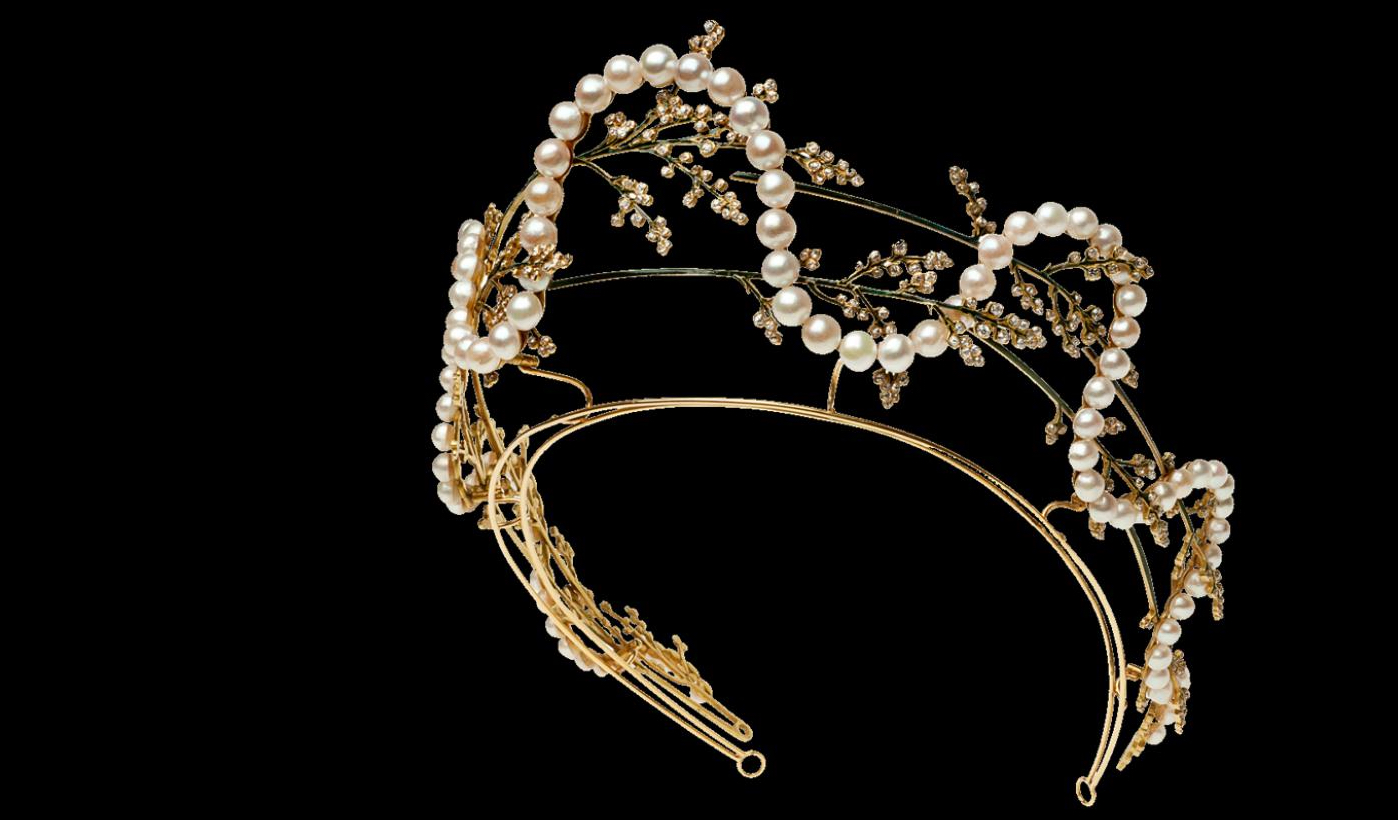
By the turn of the century, Lalique’s ornate and opulent pieces were considered the epitome of avant-garde style, capturing the mood of the moment with motifs and designs inspired by archaeological discoveries, new painting trends, exotic insects, mythical beasts, rare plants and travels to far-flung places such as Japan and India.
His fan base was eclectic and exciting, counting everyone from pre-eminent glassmaker Émile Gallé, who christened him “the master of modern jewellery”, to seminal actress Sarah Bernhardt, who became his muse and patron.
A free daily email with the biggest news stories of the day – and the best features from TheWeek.com
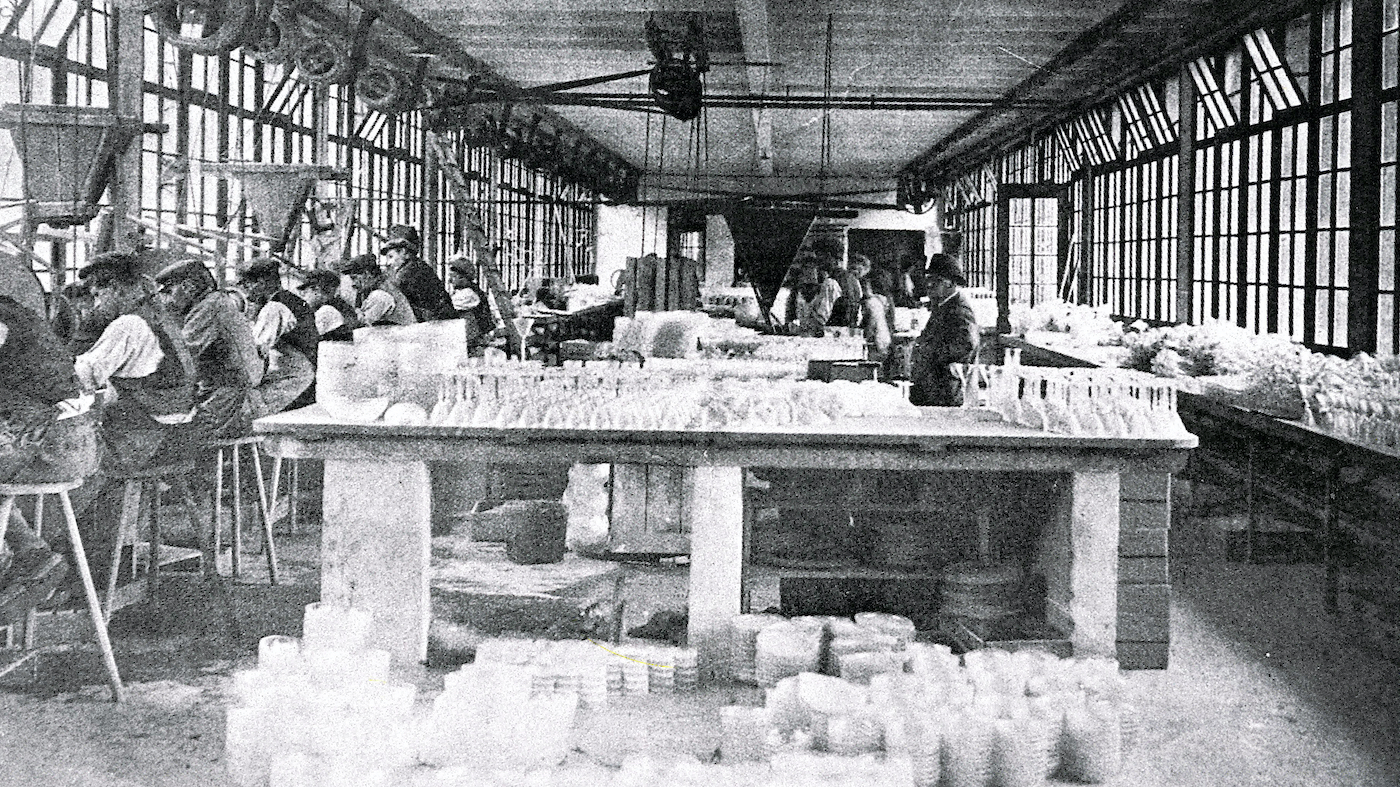
Jewellery, however, had its limitations. It was never Lalique’s desire to simply cater to moneyed clients and Paris’ elite. He believed in art as an educational tool, not as a luxury reserved only for those who could afford it.
Glassmaking as a means of expressing his love of experimental form became a preoccupation for the young Lalique, who opened his first glass workshop in Rambouillet in north-western France in 1898.
Here, he perfected the lost wax technique inspired by an ancient process used for casting bronze sculptures, endowing his glass creations with their own warmth and living mystery. They caught the eye of perfumer Francois Coty who became a central figure in his work, with Lalique providing elaborate glass bottles for his scents made on a semi-industrial scale. Never before had the humble perfume bottle been crafted with such care and attention, turning what had historically been a purely functional item into a veritable object d’art.
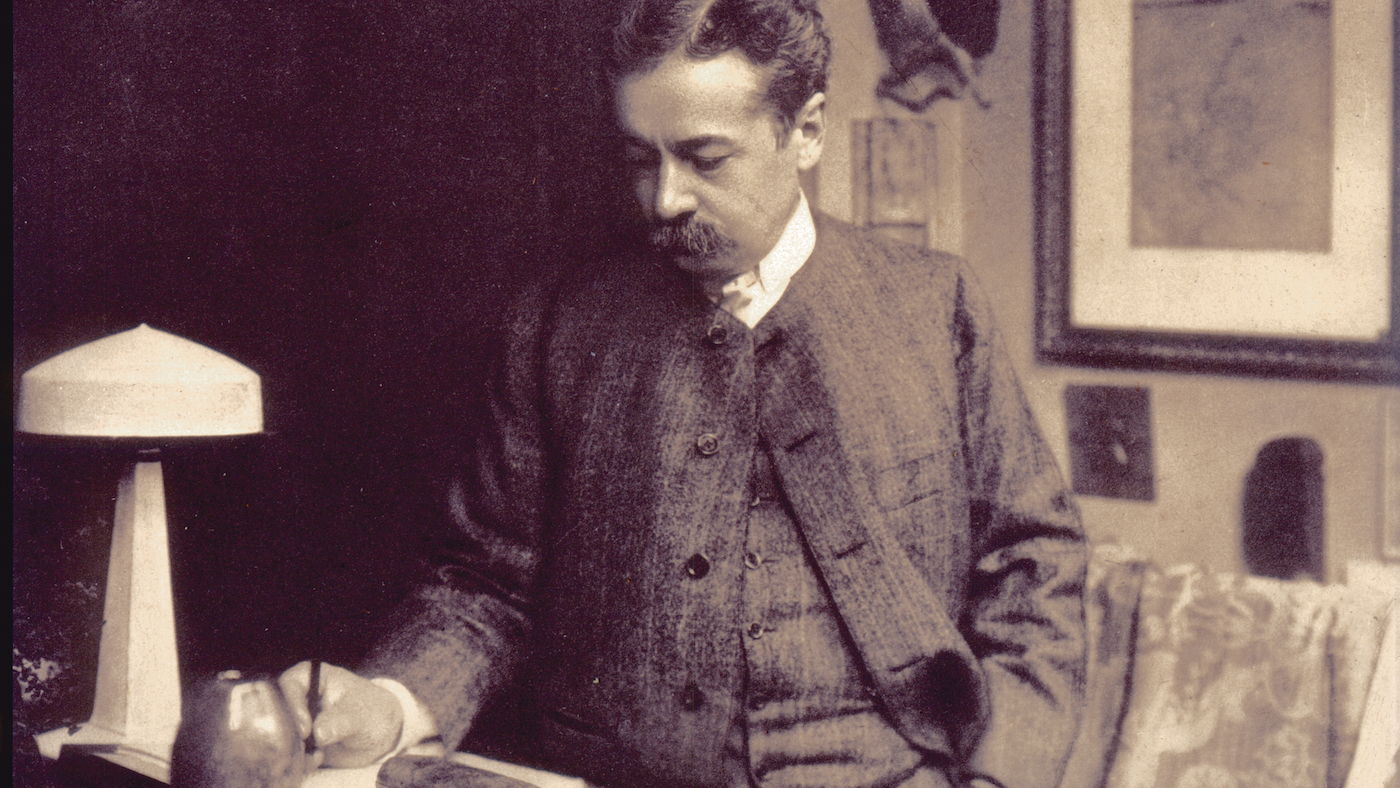
In 1921, Lalique decided to open a new, much-larger factory in the village of Wingen-sur-Moder, near the city of Strasbourg, taking full advantage of the post-war grants offered by the French government to help reinstate the artisanal reputation of the Alsace region, which has glassmaking roots dating back to the Middle Ages.
This is where the factory remains to this day, and where Lalique entered a new phase of production that changed the way glassware was appreciated and understood in early 20th-century society.
Key to his success was a dedication to craftsmanship guided by the sleek and glamorous aesthetic of Art Deco style, with its curving contours, geometric shapes and linear decorations. But Lalique did not simply tap into a trend, he pioneered an arts and crafts movement that was anti-elitist and accessible to all. “We need to introduce people to objects that will educate their eye, to populate the notion of aesthetics,” he said. “Art is too expensive, and that needs to change!”
The Lalique Museum
A visit to the Lalique Museum in Wingen-sur-Moder reveals just how revolutionary his glassware factory was as a producer of collectable objects and ornaments that served to embellish both private and public spaces.
The museum, built by architect Jean-Michel Wilmotte and opened to the public in 2011, is home to hundreds of early jewellery pieces, including a gold, enamel and diamond Cleopatra brooch made for Sarah Bernhardt, who played the Egyptian queen on stage, as well as exceptionally rare perfume bottles crafted for the likes of Francois Coty, Charles Worth and Lucien Lelong.
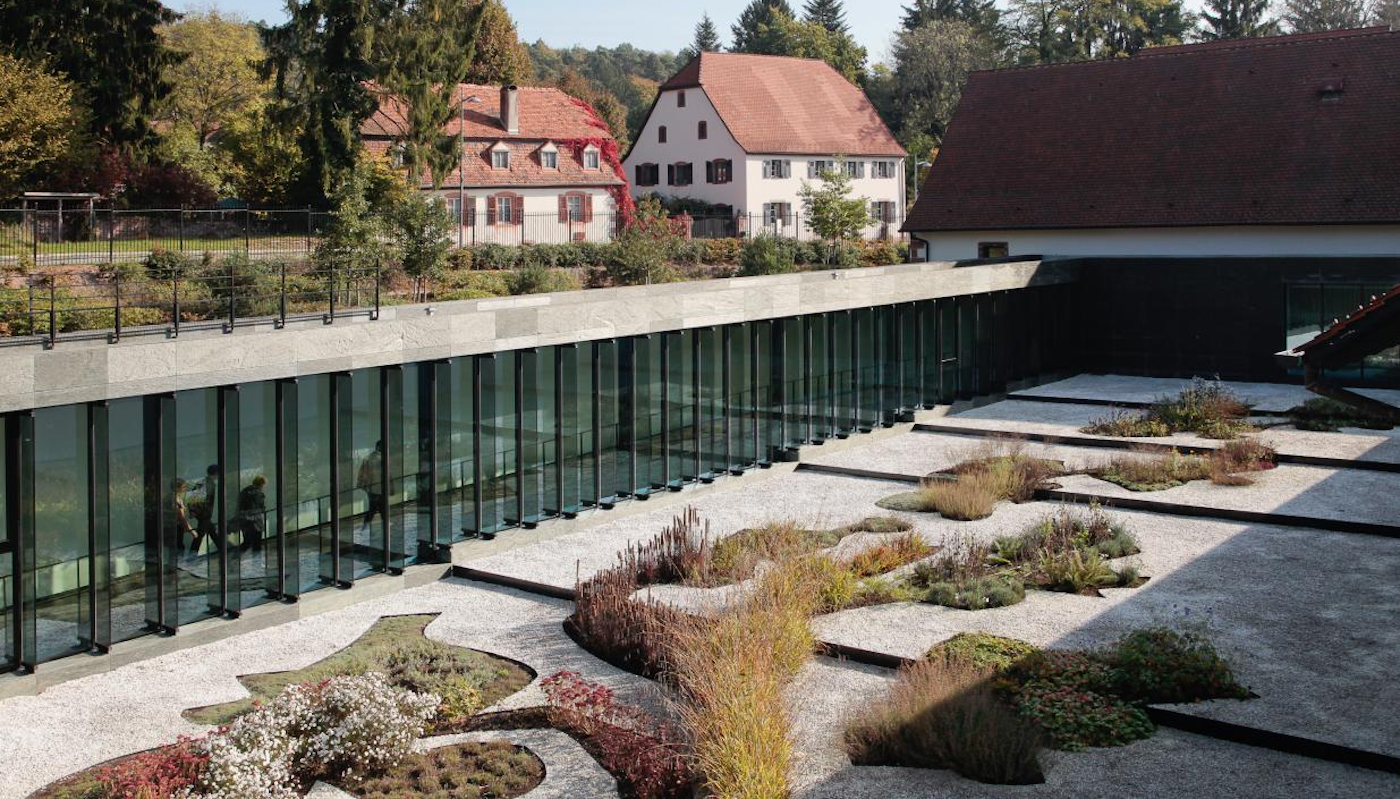
You’ll find rare artefacts such as Lalique’s Epis lamp (one of only ten in existence, noted for its halo of hand-etched corn silk) and a prototype of his famous Poisson fountain, made for the Exposition Internationale des Arts et Techniques held in Paris in 1937. He made two of these cone-shaped fountains decorated with symmetrical rows of “jumping” fish, but only one remains on public display, at London’s Savoy hotel.
Beyond this, there’s much to learn about the magical family talent that pushed Lalique’s production into new realms of creativity in the 1930s to 1980s. A glittering tribute to René’s son Marc Lalique, who brought his own extraordinary design verve to the foundry when he took over the business in 1945 after his father’s death, is paid via the museum’s gigantic 1951 crystal chandelier, comprised of 337 cubic pieces of glass.
Marc Lalique also conceived Nina Ricci’s famous L’Air du Temps perfume bottle featuring a stopper of two frosted kissing doves.
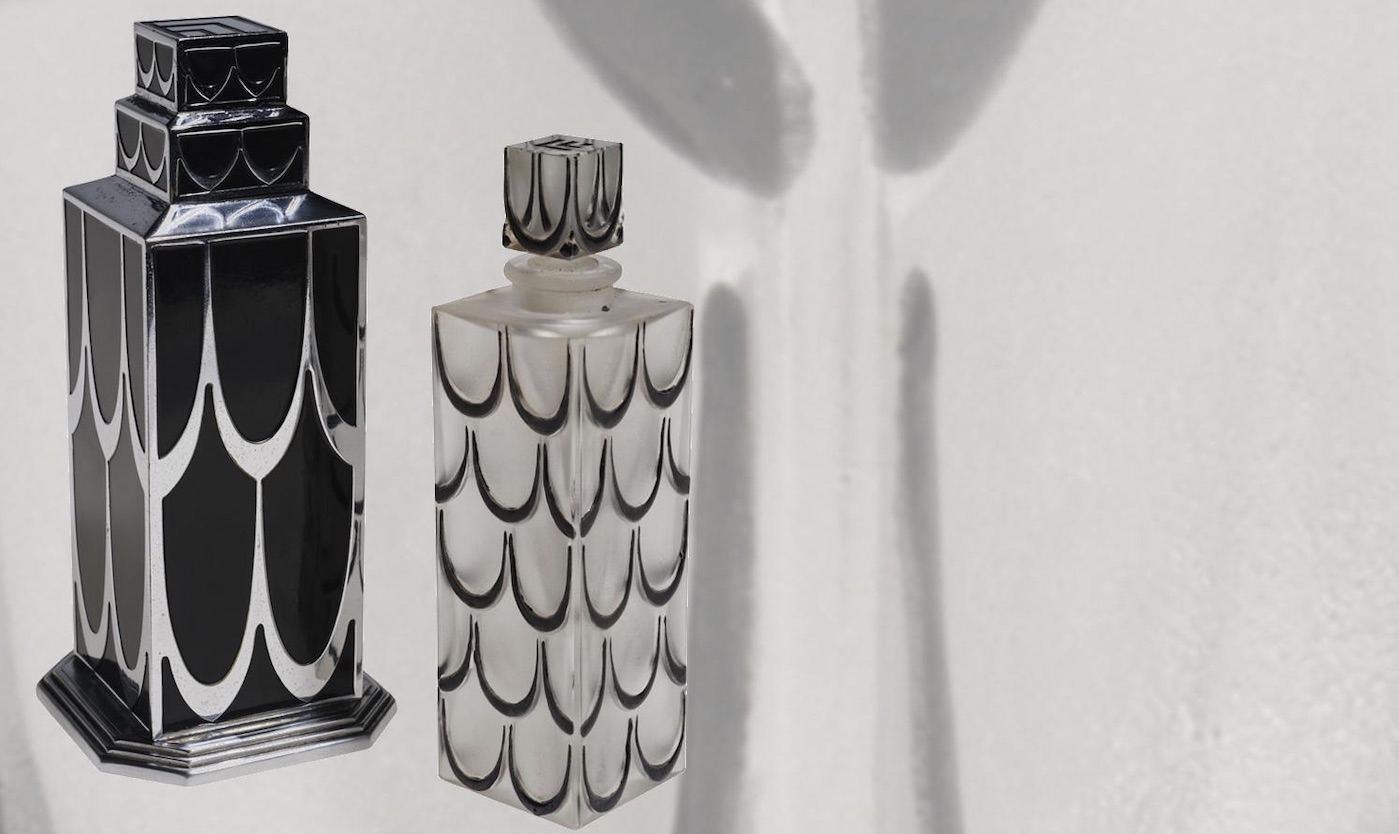
Exhibits shed a light on the oft-forgotten accomplishments of René’s daughter Suzanne Lalique-Haviland, who, like her father, had a polymathic approach to the arts, turning her hand to ceramics, glassmaking, painting, set-design and costume-making. Some of the tableware she conceived for the first-class dining room of the ocean liner Normandie is on show here, although most is held by New York’s Met Museum.
Marie-Claude Lalique, René’s granddaughter also followed in René’s footsteps, creating jewellery at the end of the 1960s and taking over the business in 1977. As a scion of the glassware enterprise, she designed many important pieces including the crystal/gold medals for the Albertville 1992 winter Olympics.
Lalique today
Lalique crystal glassware is still made by hand in the original Alsace factory, with many intricate pieces crafted using the lost wax technique, taking months to complete.
Icons of the brand include the majestic Bacchantes vase with its circumference of sculptural nudes in bas-relief, the Mûres (Blackberries) vase noted for its highly textural motif of plump berries and interwoven branches, and the Mossi vase, an enduring classic whose pattern was conceived by René Lalique in 1933 and is characterised by a bubbly surface of frosted cabochons.
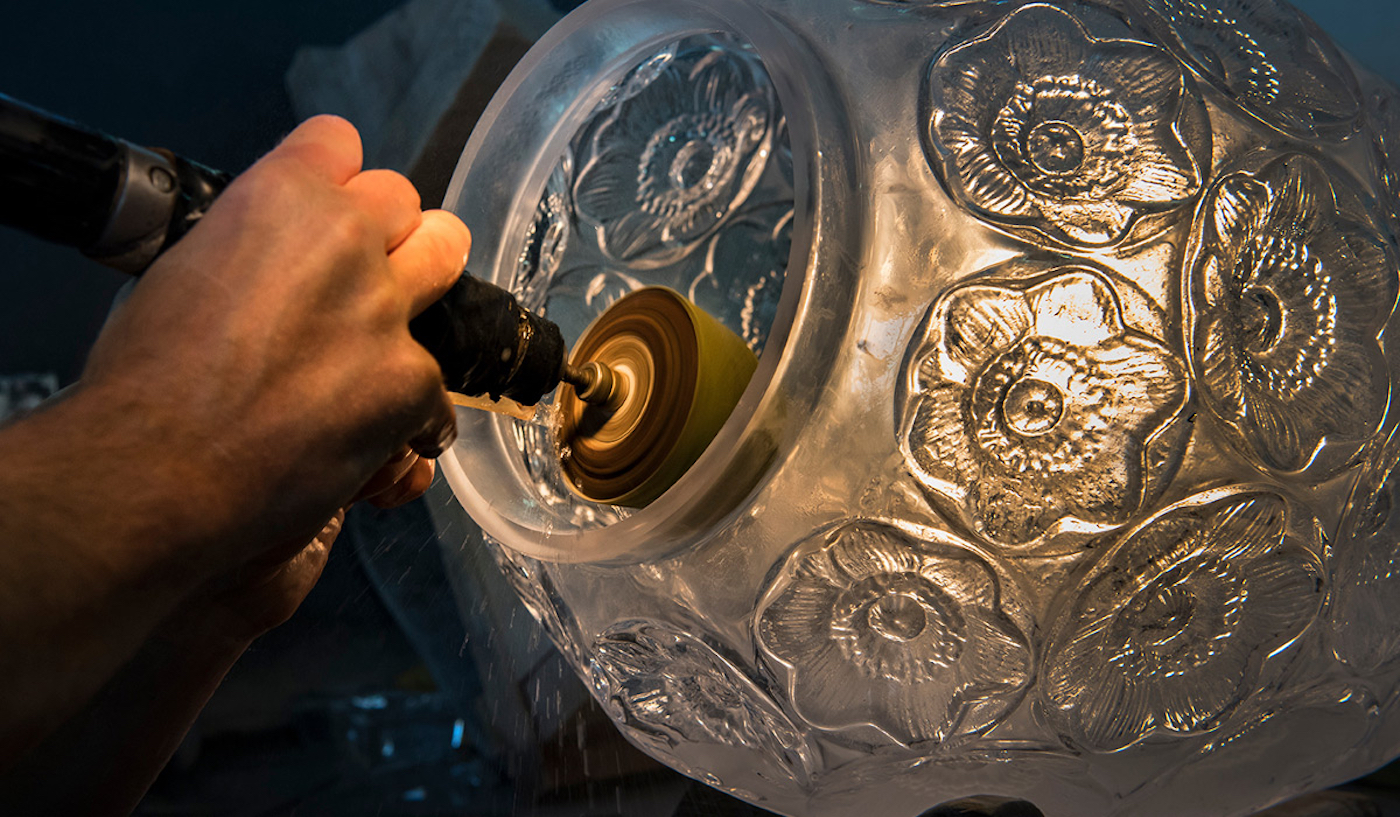
Of course, the list of icons doesn’t stop there: Lalique’s extensive portfolio of products encompasses crystal ornaments, perfumes, furniture and jewellery. A best-selling Cabochon ring is £129, while a limited edition from the Lalique Art Division, a branch of the business dedicated to creative collaborations, may set you back tens of thousands of pounds.
Examples include Zaha Hadid’s wavy blue Fontana Bowl and Damien Hirst’s signed and numbered crystal skull. Of special note is the limited edition Sirènes vase. Made in partnership with American realist painter Terry Rodgers, this vase is a modern reinterpretation of the dance of the bacchantes – but while Lalique presented his female nudes as long and languid, in this contemporary version, Rodgers has them strike a daring pose.
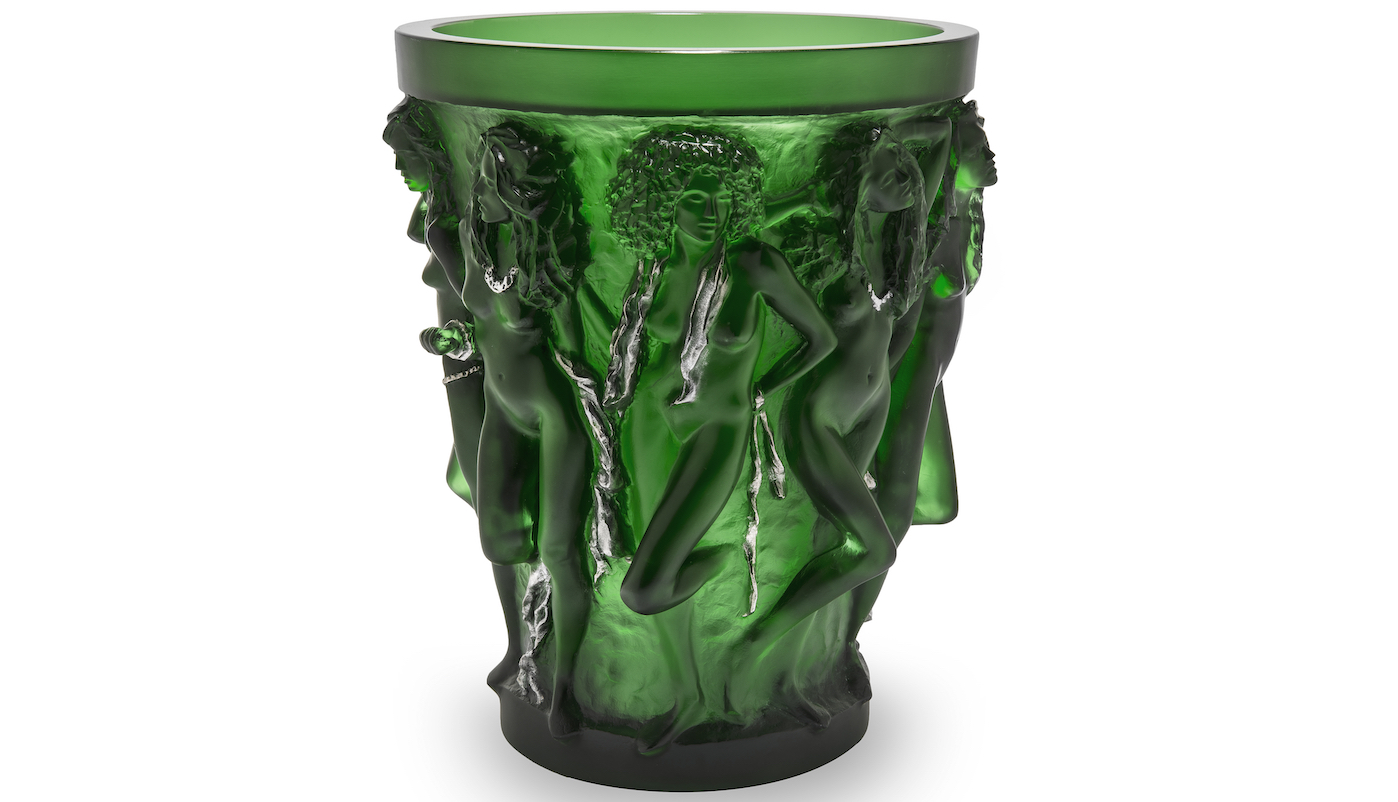
From glassware maker to lifestyle brand
Since he acquired the business in 2008, Silvio Denz, chairman and CEO of Lalique, has been expanding the company into a well-curated lifestyle brand angled towards luxury travel experiences and fine dining. New to the fold, for example, is the Lalique Bar at Restaurant Daniel in New York City, which opened in May 2022.
A few kilometres from the Lalique Museum in Wingen-sur-Moder, is the Villa René Lalique, a five-star hotel with six suites, each decorated in a modern Art Deco style, replete with exquisite black and white Lalique furnishings.
An expert wine collector, Denz has equipped the hotel with an extraordinary 20,000-bottle wine cellar designed by celebrated Swiss architect Mario Botta, an auteur of many spiritual structures including the rhombus-shaped wonder that is the Garnet Chapel in Austria.
The architect was a wise choice given the many sacred treasures housed in this vast modernist space: the oldest and rarest wine is from 1865 and priced at 28,000 euros a bottle. Botta was also commissioned to design the hotel’s dining space, home to a two Michelin-star restaurant helmed by chef Paul Stradner.

People come far and wide to experience this gastronomic get-away, but in true René Lalique style, there’s a more affordable option for overnight guests in the shape of Lalique’s Château Hochberg, which overlooks the Lalique Museum.
A grand manor house located on the site of the former Hochberg glassworks, the hotel has a much larger capacity with rooms (crisp, white and designed by Lalique Interior Design Studio) starting at 200 euros a night for a standard double room.
For more details about the museum, hotels, dining and glassware, visit lalique.com
-
 Will the mystery of MH370 be solved?
Will the mystery of MH370 be solved?Today’s Big Question New search with underwater drones could finally locate wreckage of doomed airliner
-
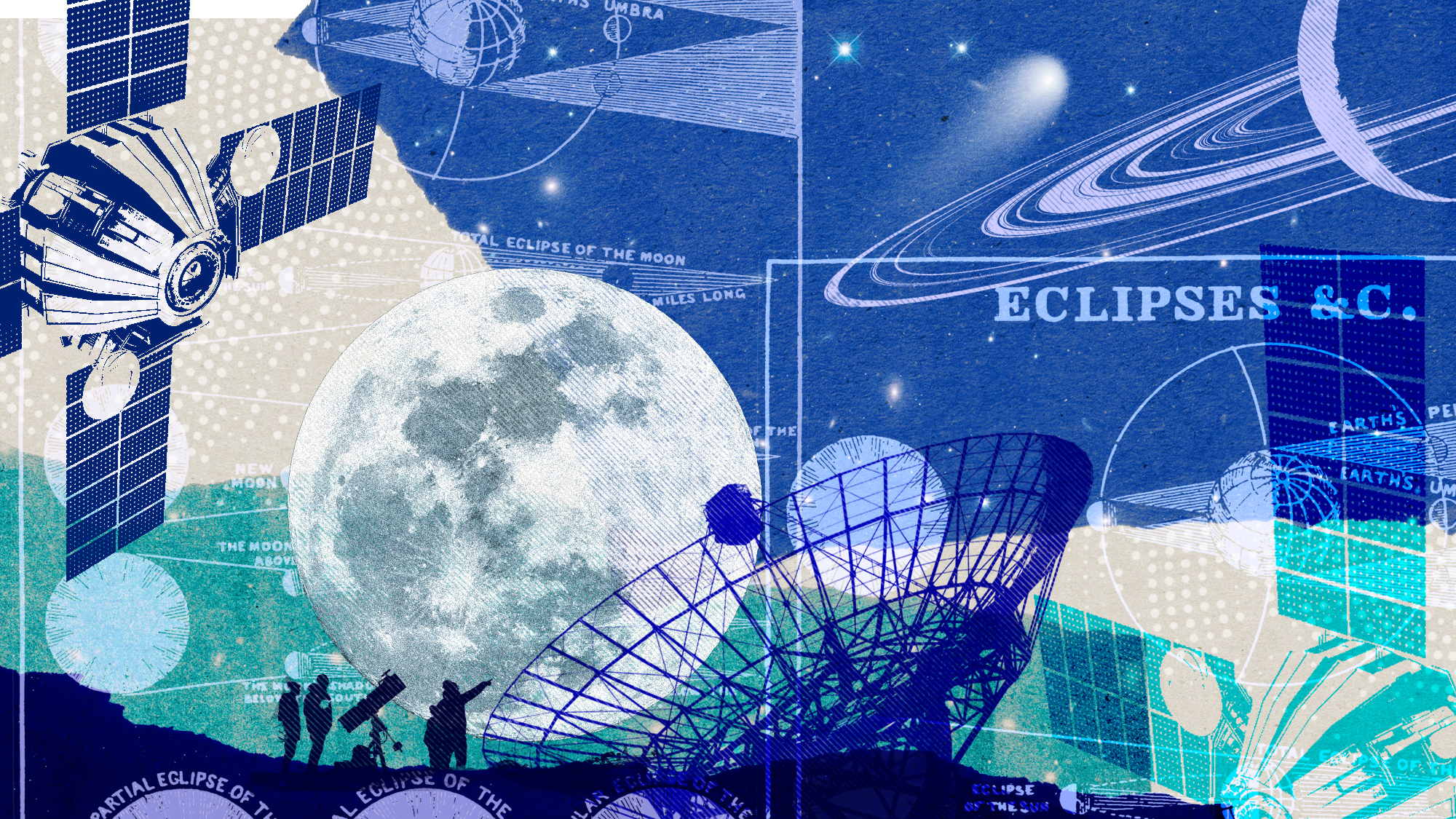 The biggest astronomy stories of 2025
The biggest astronomy stories of 2025In the spotlight From moons, to comets, to pop stars in orbit
-
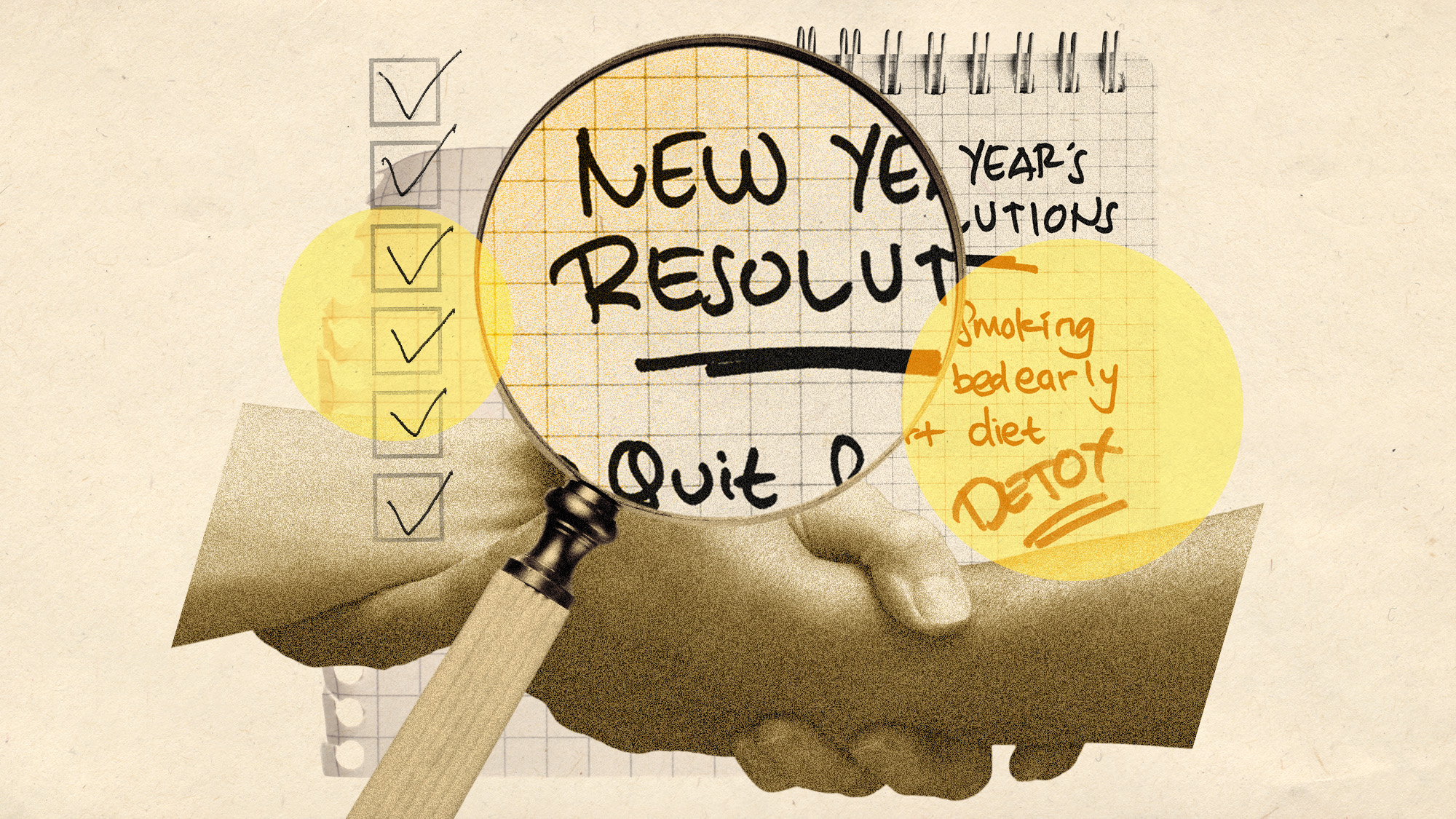 Why are micro-resolutions more likely to stick?
Why are micro-resolutions more likely to stick?In the Spotlight These smaller, achievable goals could be the key to building lasting habits
-
 Best UK literary festivals and book fairs in 2023
Best UK literary festivals and book fairs in 2023feature A look at some the biggest events for book lovers in Britain in 2023
-
 Fabulous foodie adventures in Peru, Japan and Australia
Fabulous foodie adventures in Peru, Japan and Australiafeature Featuring a Peruvian pilgrimage and foraging in the Volcanic Lakes and Plains
-
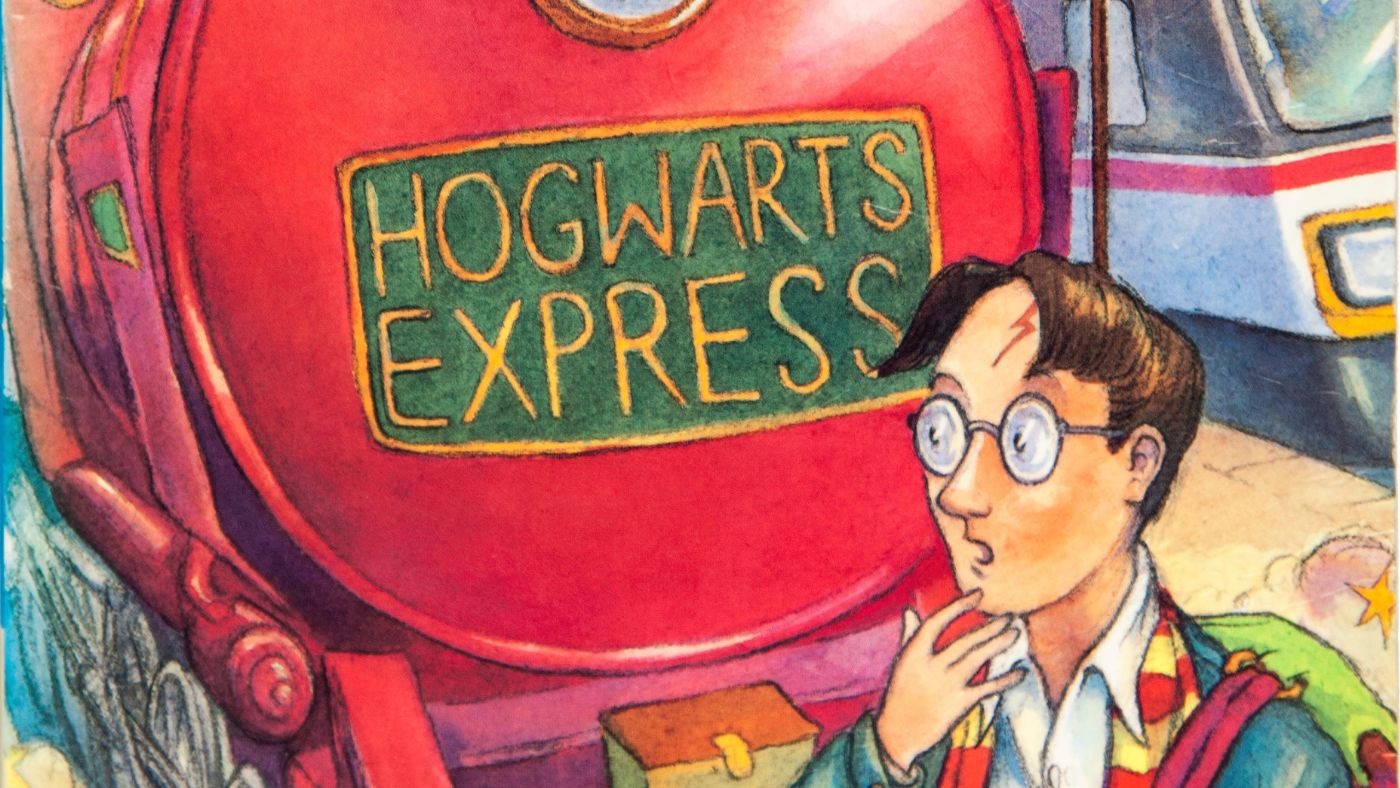 Top 10 best debut novels of all time
Top 10 best debut novels of all timefeature Harry Potter and the Philosopher’s Stone took top spot in a poll of British literary lovers
-
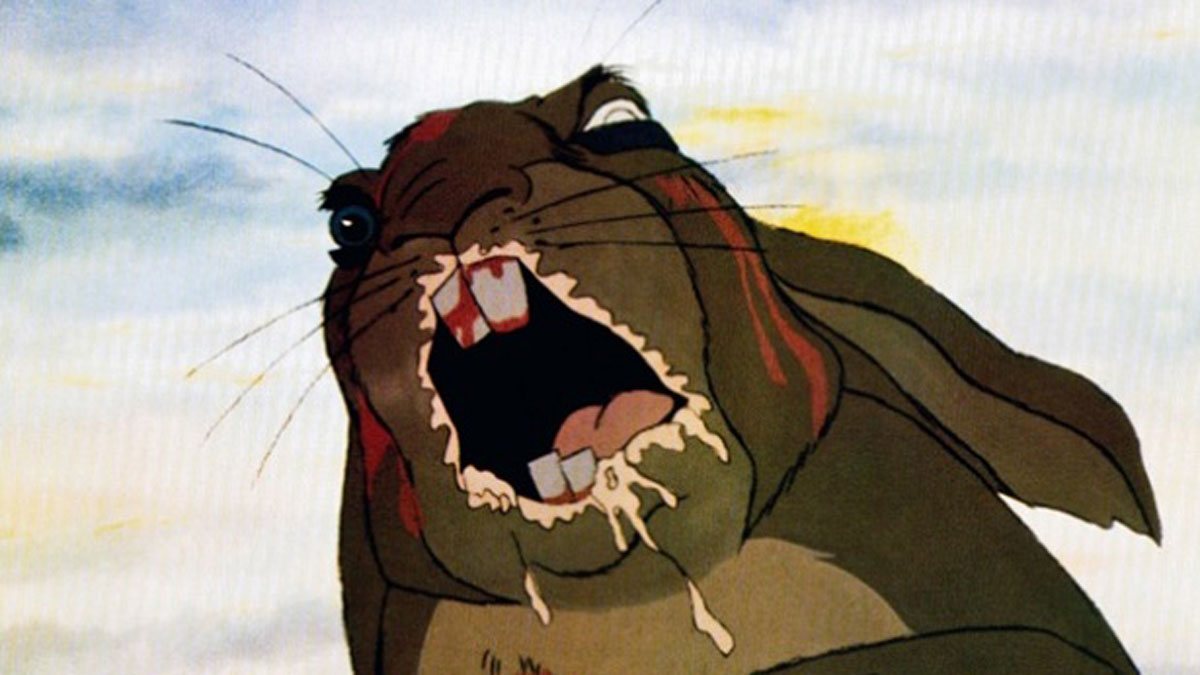 Watership Down: disturbing children’s film finally loses its U rating
Watership Down: disturbing children’s film finally loses its U ratingfeature The 1978 adaptation of Richard Adams’s novel no longer feels ‘suitable for all’
-
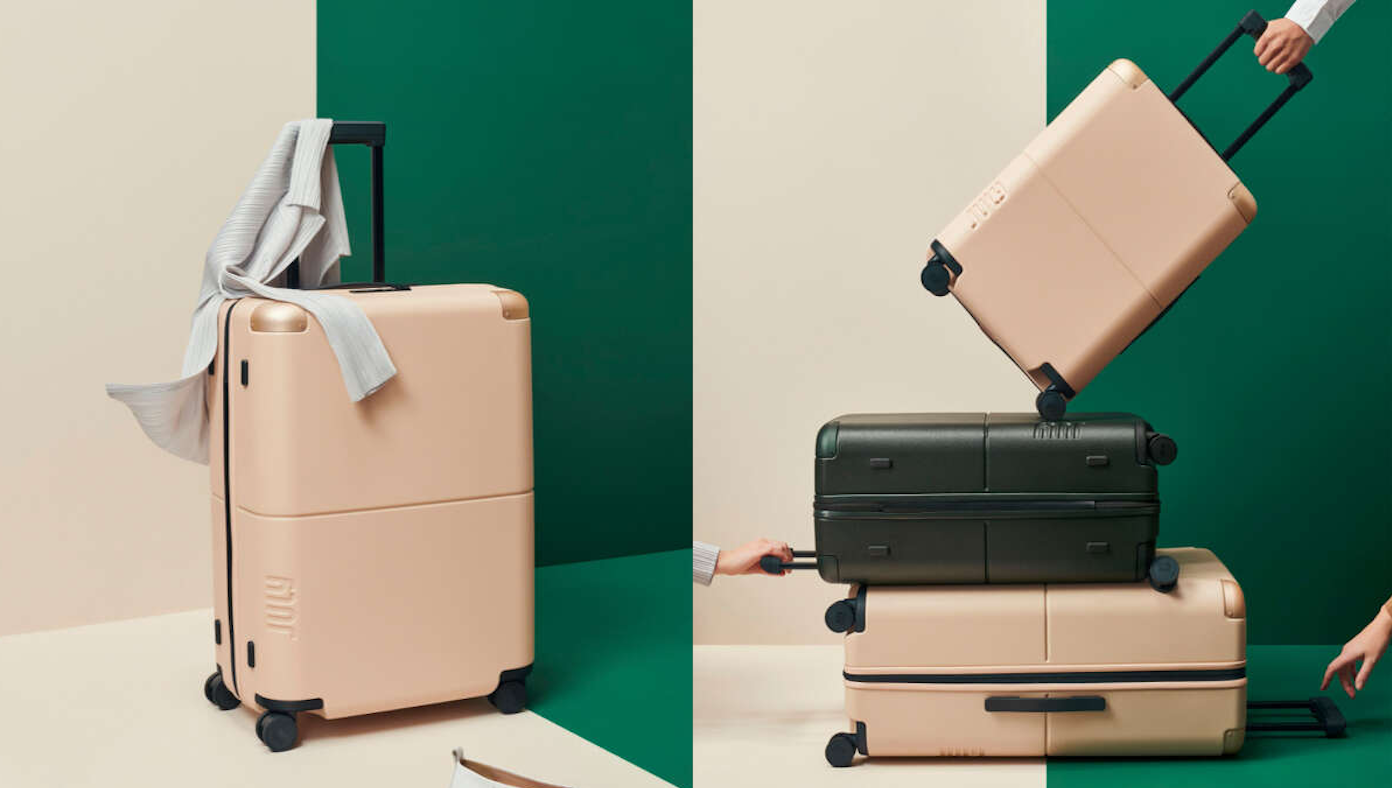 How to pack efficiently and save on airfares
How to pack efficiently and save on airfaresfeature Travel tips and hacks for making the most of a bargain flight
-
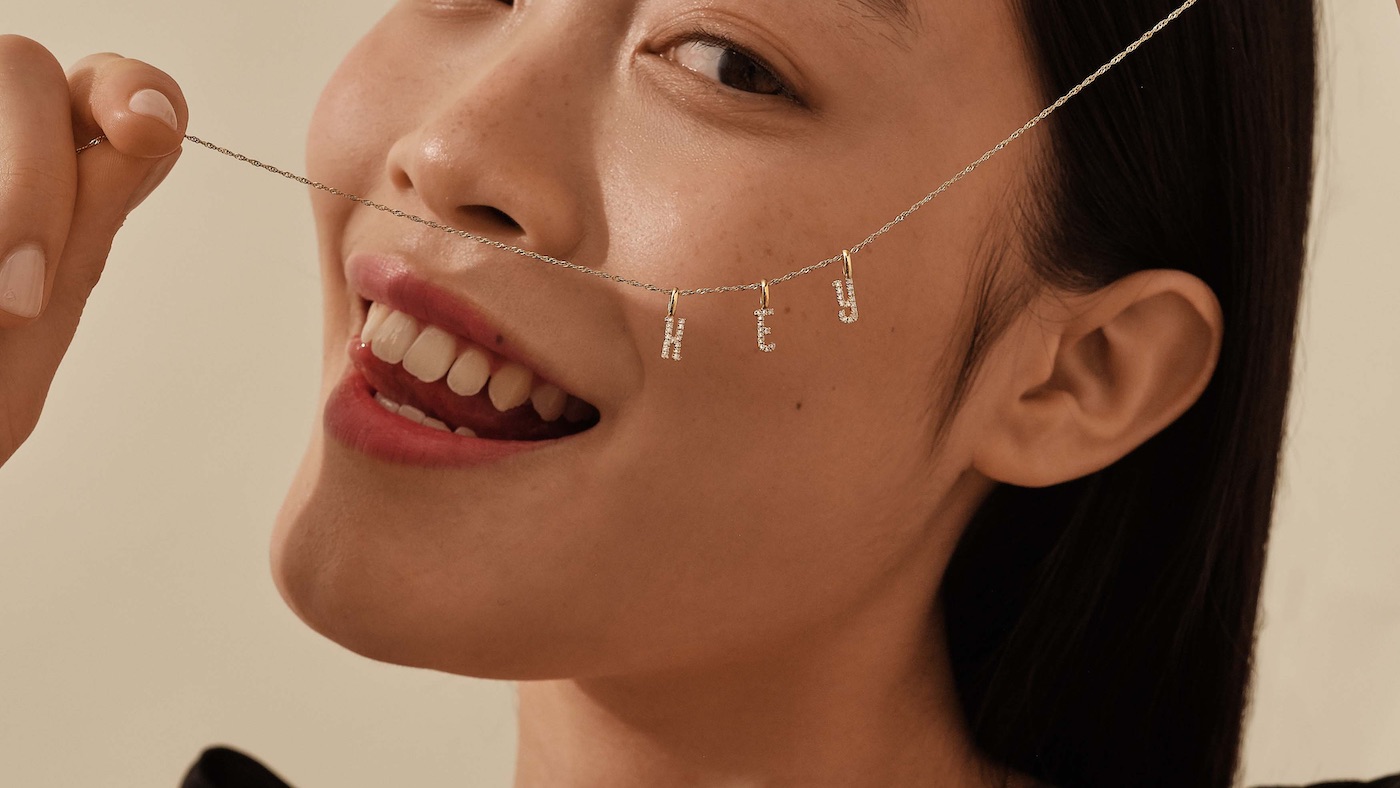 Edge of Ember: affordable fine jewellery for classicists
Edge of Ember: affordable fine jewellery for classicistsfeature London-based brand has gone from strength to strength with its youthful and elegant designs
-
 ‘Pinnacle of gastronomy’: how Central became the world’s best restaurant in 2023
‘Pinnacle of gastronomy’: how Central became the world’s best restaurant in 2023feature Flagship Lima restaurant of chefs Virgilio Martínez and Pía León is an ‘ode to Peru’
-
 Wandering star: Audemars Piguet’s new Code 11.59 Starwheel watch
Wandering star: Audemars Piguet’s new Code 11.59 Starwheel watchfeature Engmatic and alluring, this timepiece has a suitably spiritual backstory